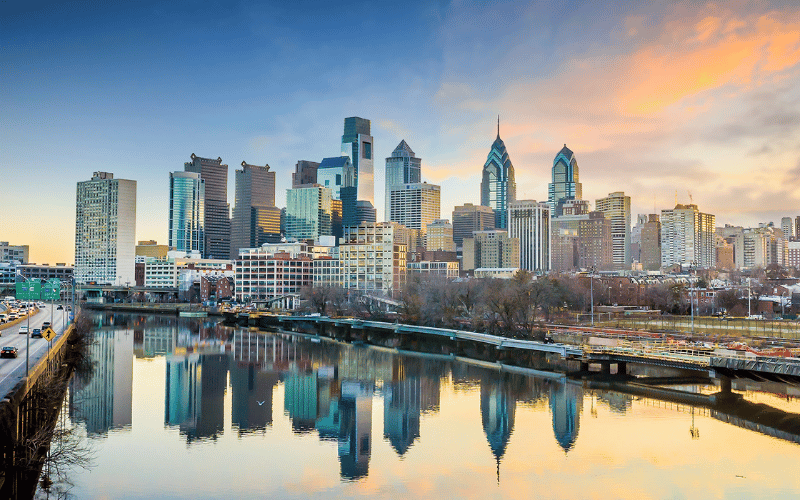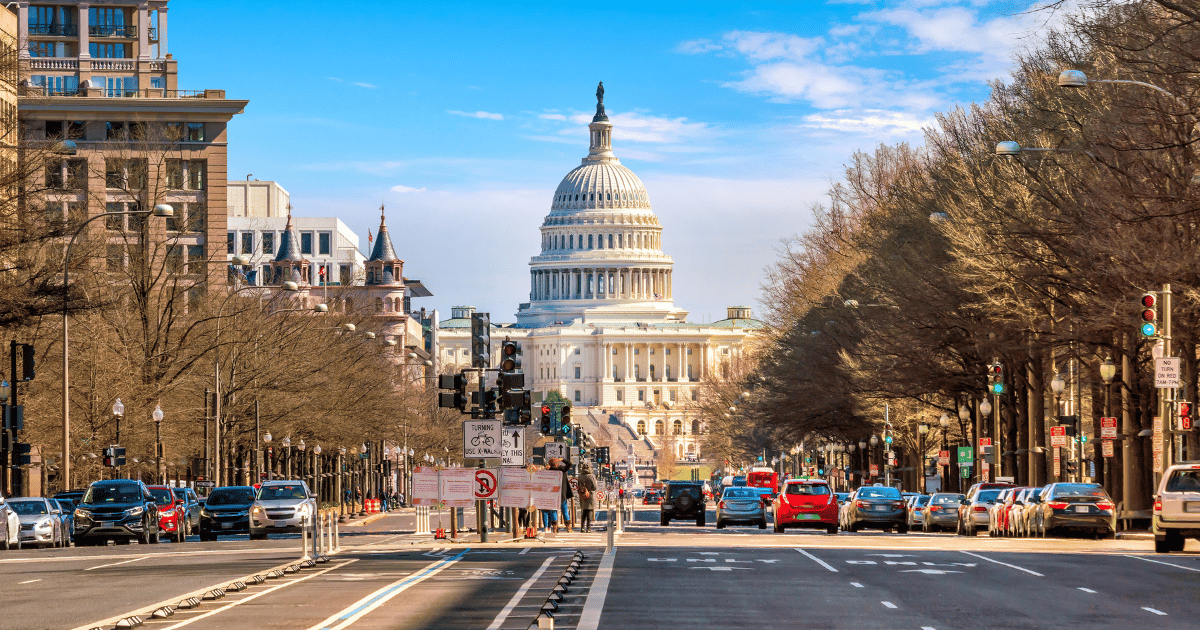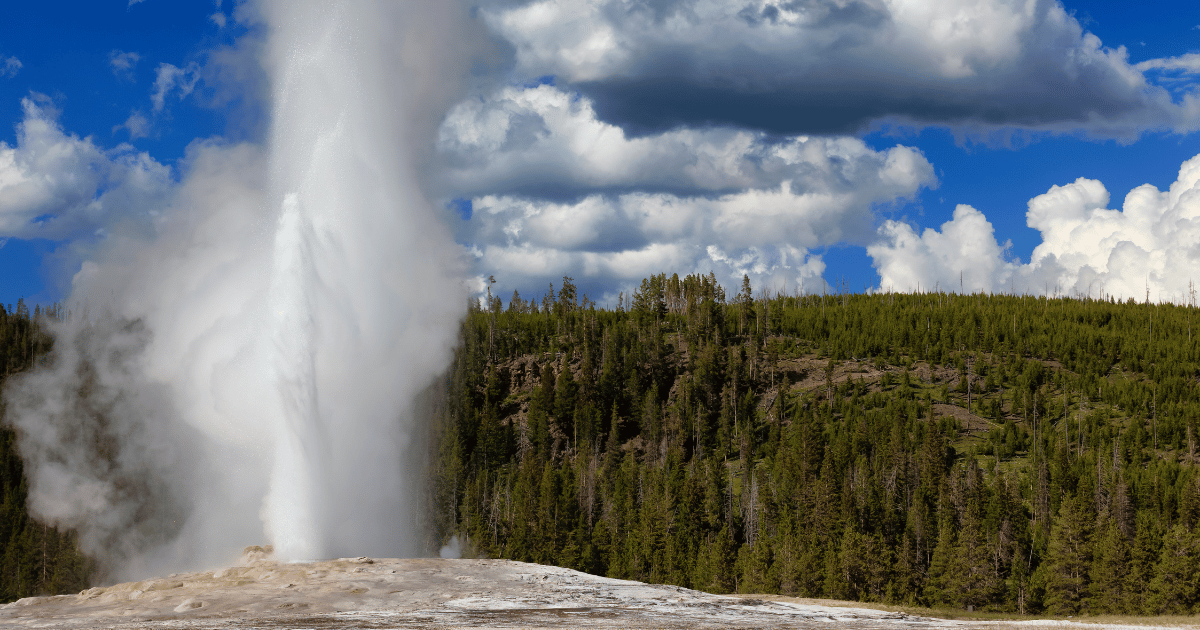
UNITED STATES OF AMERICA
Beach days are our paradise! We’re a collective of beach lovers united by our passion for sun, sand, and sea. Together, we’ve gathered our best insights to bring you the ultimate guide to beach destinations in the USA. Explore our collection of beach blog posts, where you’ll find hidden coastal gems and tips on how to get the most out of your beach experience.
Quick Facts About USA
| Category | Facts |
|---|---|
| Location | North America, bordered by Canada to the north, Mexico to the south, and the Atlantic and Pacific Oceans. |
| Borders | Canada, Mexico. |
| Climate | Varies from temperate in most areas to tropical in Hawaii and Florida, arid in the Southwest, and polar in Alaska. |
| Population | Over 331 million (2023). |
| Official Language | None at the federal level, but English is the de facto national language. |
| Currency | United States Dollar (USD). |
| Capital | Washington, D.C. |
| Major Industries | Technology, finance, healthcare, manufacturing, entertainment, and agriculture. |
| Religion | Predominantly Christianity, with growing diversity in other religions and secularism. |
| Time Zone | Multiple time zones: GMT-5 (Eastern) to GMT-10 (Hawaii). |
| National Symbols | Bald Eagle, Stars and Stripes (flag), Liberty Bell. |
Geography and Environment Of USA

Major Physical Features
The U.S. is known for its diverse geography. You’ll find mountain ranges like the Appalachians in the East and the Rockies in the West. These mountains offer different kinds of landscapes and outdoor activities. The Great Plains stretch across the central part of the country, providing vast, flat lands that are perfect for agriculture. The Grand Canyon in Arizona is one of the most iconic natural wonders, drawing millions of visitors each year. The Great Lakes, located in the northern part of the country, hold the largest freshwater system in the world. The U.S. also has extensive coastlines along the Atlantic and Pacific Oceans, featuring beaches, cliffs, and ports that are key to its economy and culture.
Seasonal Variations
The U.S. experiences a wide range of climates, which affects how people live and what they do. In the Northeast, you get four distinct seasons: winter, spring, summer, and fall. This seasonal change influences everything from what you wear to how you spend your free time. In contrast, the Southwest has a more arid, desert-like climate with hot summers and mild winters. These climate differences also affect agriculture. For example, the Midwest, known as the “breadbasket” of America, benefits from its temperate climate to grow crops like corn and wheat.
Natural Resources
The U.S. is rich in natural resources, which play a big role in its economy. Coal, natural gas, and oil are some of the key resources that help power homes, businesses, and industries. The country is also rich in minerals like copper and gold, which are important for manufacturing and technology. Managing these resources is crucial because they contribute to economic growth. However, it also presents challenges, like balancing economic benefits with environmental protection.
Environmental Challenges
The U.S. faces several environmental issues that affect both the natural landscape and public health. Air and water pollution are ongoing concerns, particularly in industrial areas. Climate change is another significant challenge, with rising temperatures impacting weather patterns, sea levels, and ecosystems. Habitat loss due to urban expansion and agriculture threatens wildlife across the country. To combat these challenges, the U.S. has established numerous national parks and wildlife reserves. These protected areas help conserve the environment while also providing spaces for recreation and tourism.
History And Culture Of USA

Historical Background
The history of the United States is rooted in a mix of indigenous cultures and European exploration. Native American tribes lived across the continent long before European settlers arrived. Colonization began in the 16th century when Europeans, mainly from Britain, Spain, and France, established colonies. The most significant turning point came in 1776 when the thirteen British colonies declared independence, leading to the Revolutionary War. After winning independence, the U.S. rapidly expanded westward, ultimately becoming a global superpower. This rise was fueled by industrialization, immigration, and technological progress.
Key Historical Events
Several key events shaped the U.S. as we know it today. The American Revolution in the late 18th century marked the birth of the nation, establishing the foundation for its democracy. The Civil War in the 1860s was a crucial conflict over states’ rights and slavery, leading to the abolition of slavery and a more unified nation. The Industrial Revolution, which began in the 19th century, transformed the economy from agriculture-based to industrial. The 20th century saw the Civil Rights Movement, which was a major push for racial equality and social justice. The century also witnessed significant technological advancements, like the invention of the internet and space exploration, which further solidified the U.S.’s global influence.
What’s Unique About The USA
The American Dream
Concept and Evolution
The American Dream started in the early 20th century as a simple idea: anyone, regardless of background, can achieve success through hard work. It emerged when the U.S. was a land of opportunity, attracting people worldwide. Over time, this idea became a core part of American culture. It shaped values like individualism, ambition, and the belief that everyone deserves a fair chance to succeed. The concept has evolved, reflecting changes in society, economy, and politics. Today, the American Dream still exists but is seen differently by each generation. For some, it means owning a home; for others, it’s about finding purpose or achieving a work-life balance.
Impact on Immigration
The American Dream has always been a major driver of immigration to the U.S. Throughout history, millions have come to the country, inspired by the hope of a better life. From the late 19th century to the present day, immigrants have shaped American society in countless ways. They’ve contributed to the economy, enriched cultural diversity, and introduced new ideas and innovations. Whether through labor in industries or by starting their own businesses, immigrants have played a key role in building the nation’s identity. Their pursuit of the American Dream has not only transformed their lives but also left a lasting impact on the country.
Cultural Representation
The American Dream has deeply influenced American culture, showing up in literature, film, and music. Classic novels like The Great Gatsby explore the pursuit of success and its challenges. Movies like Rocky and Pursuit of Happyness highlight perseverance and the belief that anyone can rise above their circumstances. Music, from Bruce Springsteen’s anthems to hip-hop lyrics, often reflects the struggles and triumphs of chasing the American Dream. Iconic figures like Martin Luther King Jr. and movements such as the Civil Rights Movement also embody this dream, showing how it can drive social change and inspire people to fight for equality and justice.
National Parks System In The USA

The Birthplace of the National Park
Yellowstone, established in 1872, holds the title of the world’s first national park. This monumental step marked the beginning of the global movement to preserve natural wonders for future generations. The idea of national parks gained momentum in the U.S., leading to the creation of the National Park Service (NPS) in 1916. The NPS was established to protect these natural treasures, ensuring they remained unspoiled by development and available for public enjoyment.
Diverse Landscapes
The U.S. National Parks System protects a vast array of landscapes, each offering something unique. Deserts, forests, tundras, and wetlands are all represented within the parks, showcasing the country’s incredible geographical diversity. For example, Yosemite National Park is famous for its towering granite cliffs and waterfalls, while the Grand Canyon offers awe-inspiring views of a massive desert canyon. The Great Smoky Mountains are known for their dense forests and rich biodiversity. These parks allow you to experience the country’s natural beauty in all its forms.
Conservation Efforts
National parks play a crucial role in conserving the USA’s biodiversity. They protect endangered species, preserve critical habitats, and maintain ecological balance. However, the popularity of these parks presents challenges. The NPS constantly works to balance tourism with conservation, ensuring that the parks remain pristine. Through regulated access, education, and conservation programs, the parks continue to thrive while welcoming millions of visitors each year.
Sports And Cultural Phenomena In The USA
American Football

The Rise of the NFL as a Cultural Phenomenon:
American football is more than just a sport in the USA; it’s a major part of the country’s culture. The National Football League (NFL) has grown from humble beginnings to become the most popular sports league in the United States. NFL games are weekly events that bring together millions of fans, creating a shared experience across the country. The league’s impact goes beyond the field, influencing fashion, music, and even politics.
The Significance of the Super Bowl in American Culture:
The Super Bowl is the championship game of the NFL and one of the biggest annual events in the USA. It’s a cultural phenomenon. On Super Bowl Sunday, millions of Americans gather to watch the game, the commercials, and the halftime show. The event has become a national holiday of sorts, where people celebrate with parties, food, and lots of enthusiasm. It’s a day that showcases the power of sports in bringing people together.
American Baseball

The History and Cultural Impact of Baseball as “America’s Pastime:”
Baseball has a long and storied history in the USA Known as “America’s Pastime,” it was the most popular sport in the country for much of the 20th century. Baseball reflects the values of American society, like hard work, teamwork, and fair play. The game has deep roots in American culture, with legendary figures like Babe Ruth and Jackie Robinson becoming icons not just in sports but in American history.
Major League Baseball’s Influence Domestically and Internationally:
Major League Baseball (MLB) has had a significant impact both in the USA and around the world. Domestically, it has been a staple of American summers, with families attending games and watching them on TV. Internationally, MLB has spread the game’s popularity, particularly in countries like Japan, the Dominican Republic, and Cuba, where baseball has become deeply ingrained in the culture. MLB’s global influence continues to grow, bringing people together through a shared love of the game.
NCAA College Sports
The Importance of College Sports in American Society:
College sports hold a special place in American culture. For many, following a college team is as important as following professional sports. College football and basketball, in particular, are deeply rooted in the social fabric of many regions. The passion for these sports often begins in youth and continues throughout life, creating strong community bonds centered around local or alma mater teams.
Economic Impact and Cultural Significance of College Football and Basketball:
College football and basketball are not just sports; they are big business. The economic impact of these sports is enormous, with games generating millions of dollars in revenue for universities, cities, and media companies. College sports also play a significant role in shaping the identities of universities and their students. Rivalries, traditions, and game-day rituals are passed down through generations, making college sports a key part of American life.
USA Innovations In Education
The Ivy League
Historical Significance and Global Reputation of Ivy League Schools:
The Ivy League is a group of eight prestigious universities in the USA, including Harvard, Yale, and Princeton. These schools have a long history, dating back to the colonial era. They are known for their academic excellence and elite status. Over the years, the Ivy League has built a reputation not just in the USA, but around the world. These institutions are seen as leaders in education, and their degrees are highly valued in many fields.
Contributions to Academia, Business, and Politics Globally:
Ivy League schools have produced numerous influential leaders in academia, business, and politics. Many USA Presidents, Supreme Court Justices, and Nobel Prize winners are Ivy League alumni. The impact of these institutions extends far beyond the USA, as their graduates go on to take leadership roles globally. The research and ideas that come out of the Ivy League often set trends in policy, economics, and culture worldwide.
The GI Bill
How the GI Bill Transformed Higher Education in the USA:
The GI Bill, introduced after World War II, was a groundbreaking piece of legislation. It provided returning veterans with financial assistance for education, which opened the doors of higher education to millions of Americans who might not have otherwise had the chance. This was a significant shift, as college education had previously been accessible primarily to the wealthy.
Its Impact on the Middle Class and the Post-War Economy:
The GI Bill had a massive impact on the American middle class. By making college education affordable, it helped create a more educated workforce, which in turn fueled economic growth. The bill also played a crucial role in expanding the middle class by giving veterans the tools they needed to secure better jobs and improve their living standards. The economic boom of the post-war era can be traced back, in part, to the opportunities created by the GI Bill.
Online Learning and MOOCs
The USA as a Pioneer in Online Education:
The USA has been at the forefront of online learning. American universities were among the first to offer courses online, making education more accessible to people around the world. This innovation has allowed students to learn from top professors without having to be physically present on campus. The flexibility of online learning has opened up new possibilities for people with busy schedules or those living in remote areas.
The Global Spread of Massive Open Online Courses (MOOCs) from USA Institutions:
Massive Open Online Courses, or MOOCs, originated in the USA and have since spread globally. Institutions like MIT and Stanford were early adopters, offering free courses to anyone with an internet connection. MOOCs have democratized education, allowing millions to access high-quality learning materials from prestigious universities. This movement has had a significant impact on education worldwide, making learning more inclusive and widespread.
USA City Guides
Select the city you are most interested in, and you will be redirected to the appropriate information and reviews. With these guides, we are confident that you have the optimal source of information to find your next dream destination.
USA Articles

Where to Stay in Oahu: Best Areas and Accommodation Tips for Every Traveler

How Big is Oahu? Exploring the Size, Geography, and Must-Know Travel Tips

Hawaii Vacation Tips: Insider Guide to the Perfect Island Getaway

How to Travel Between Islands in Hawaii: Flights, Ferries & More

Which Hawaiian Island is Best for You? A Complete Guide to Choosing Your Perfect Paradise

16 Best Beaches in Hawaii – A Complete Island-by-Island Breakdown

Best Time to Visit Hawaii – A Month-by-Month Guide










